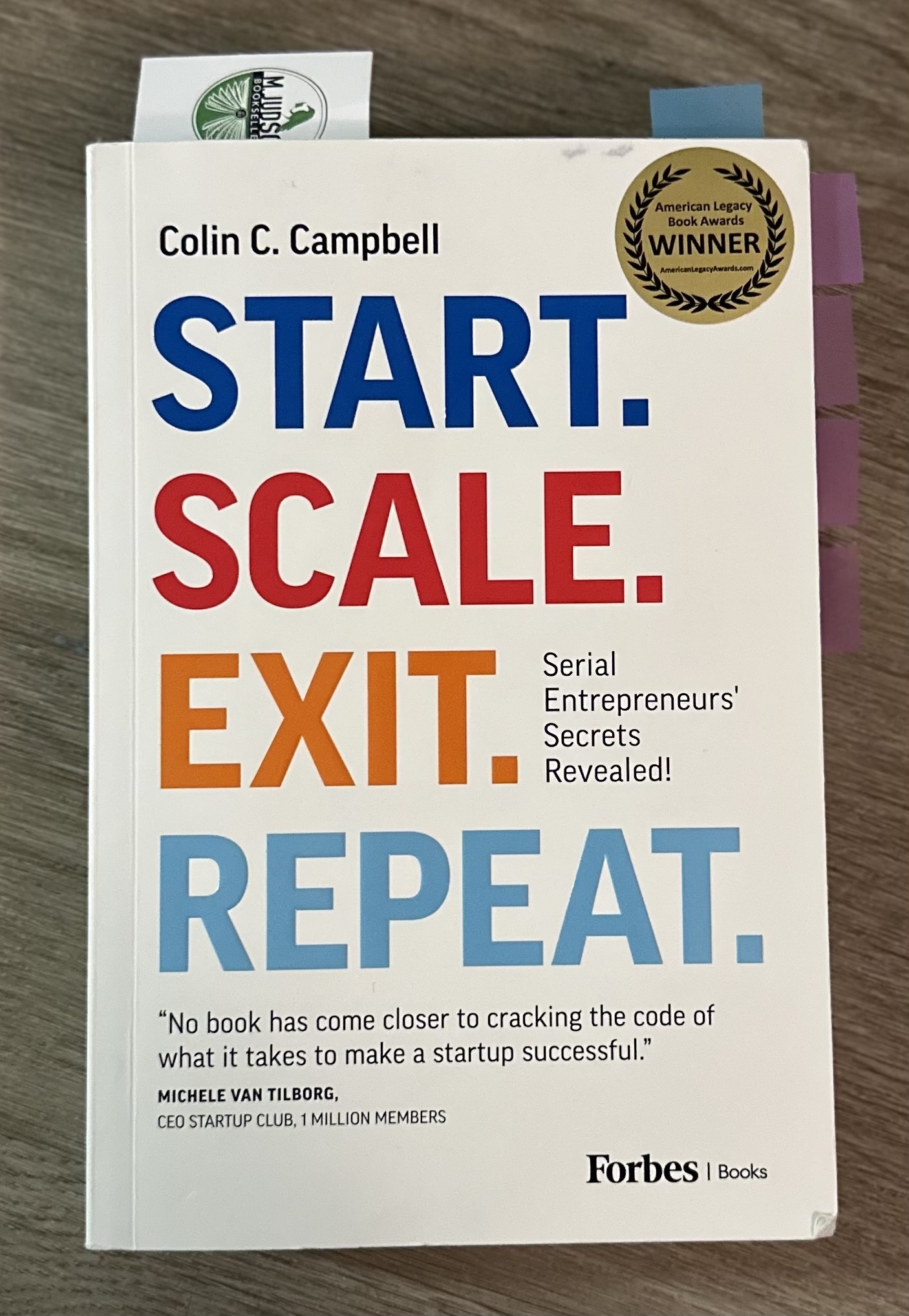Chapter 27 Breakdown: The Only Thing You Can Bank On Is a Spreadsheet
Section B3: Money | Start. Scale. Exit. Repeat. Series
Resilience Repurposed Blog by Brent Parker
Intro: In a World of Chaos, Model the Math
Hope is not a strategy—and feelings are not forecasts.
If Chapter 26 taught us that cash is king, Chapter 27 teaches us that spreadsheets are your throne room. According to Campbell (2023), the spreadsheet isn’t just a finance tool—it’s a crystal ball. The numbers don’t lie, and when you learn to model your business accurately, you shift from reaction to prediction.
Every decision you make—from hiring to scaling to launching—should have a model behind it. Otherwise, you’re not building a business. You’re gambling.
🧠 Key Lessons from Chapter 27
✅ 1. A 13-Week Cash Flow Forecast Is Non-Negotiable
Campbell (2023) insists this is the single most valuable tool for managing financial survival. Week-by-week projections give you time to act before issues become emergencies. This forecast isn’t about guesswork—it’s about seeing trends early and adjusting fast.
“Without a 13-week cash flow, you’re flying blind. And eventually, you hit something.” (Campbell, 2023, p. 198)
✅ 2. Build Best-Case, Base-Case, and Worst-Case Scenarios
Good forecasts don’t rely on a single outcome. Campbell urges entrepreneurs to run three financial models (2023, p. 199). When the market shifts, costs spike, or revenue dips, your spreadsheet should already show you what to do next.
✅ 3. Use a Simple P&L and Cash Flow Model First
Skip the fancy tools. Start with a basic Profit & Loss (P&L) and cash flow sheet that you understand line by line. Overengineering it is just another way to procrastinate. Clarity beats complexity every time (Campbell, 2023, p. 200).
✅ 4. Budget with Brutal Honesty, Not Optimism
Entrepreneurs often round up revenue and round down expenses. That’s a recipe for disaster. Chapter 27 drills in the need to overestimate costs and underestimate revenue so you’re always operating with a buffer.
✅ 5. Don’t Outsource Understanding
Your bookkeeper or CFO may build your spreadsheets, but you must own the numbers. Campbell warns: “You can delegate the math, but never the meaning” (2023, p. 201). Knowing your runway, margins, and break-even points should be as natural as breathing.
💡 Final Takeaway
Want to sleep at night as a founder? Know your numbers. Chapter 27 is your call to become financially fluent, not just compliant. When you master modeling, your decisions gain power—and your future stops being a mystery.
🔁 Coming Next
Chapter 28 – If You Can’t Afford a CFO, Be One
Campbell breaks down how founders can take control of high-level financial strategy without a six-figure hire.
💬 Share This With a Spreadsheet Skeptic
Know someone allergic to Excel or Google Sheets? This post might save their business. Send it their way or tag them in the comments.
📬 Subscribe to Resilience Repurposed
Want Chapter 28 delivered to your inbox? Subscribe here
🧾 Reference
Campbell, C. C. (2023). Start. Scale. Exit. Repeat. [Kindle edition]. Big Bold Publishing.
